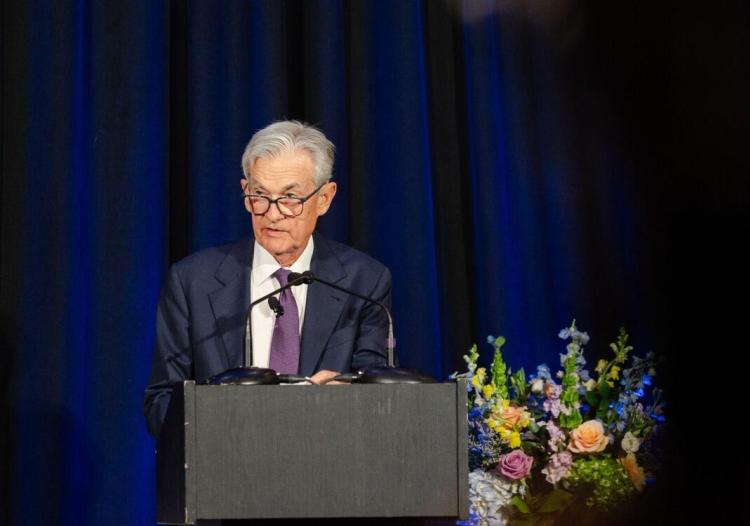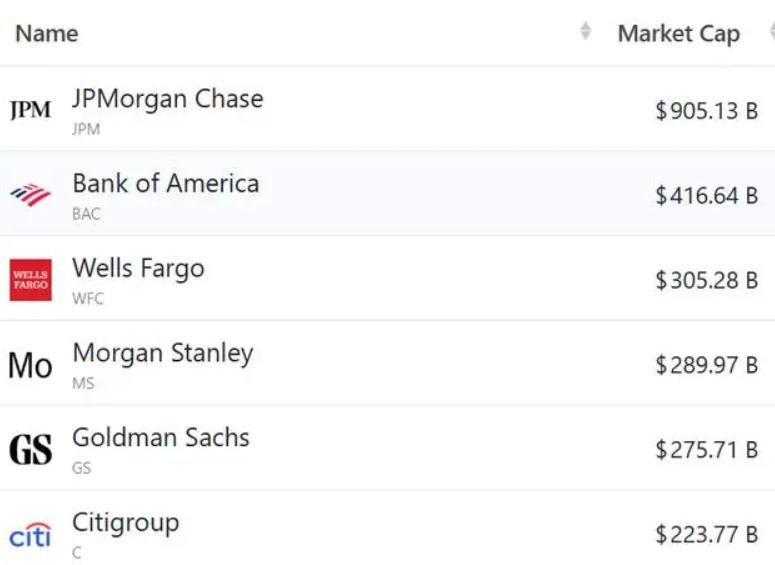
Federal Reserve Chair Powell pointed out that the outlook for the job market and inflation is at risk, reiterating that policymakers may face difficult choices when weighing further interest rate cuts.
Powell said at an economic outlook discussion at the Providence Chamber of Commerce in Rhode Island on Tuesday (September 23) : "In the short term, inflation risks are biased upward and employment risks are biased downward. This is a challenging situation." Two-way risk means there is no risk-free path.
Powell did not disclose whether he would support a rate cut at the Fed's October meeting. However, he did mention the tense political environment the Federal Reserve is in during the Q&A session after his speech, but denied that the central bank would be swayed by political factors when making decisions.
Powell's speech was highly consistent with his remarks at the press conference on September 17th, when the Federal Reserve cut the benchmark interest rate to a range of 4% to 4.25%, marking the first rate cut in 2025. Powell described this move as a "risk management rate cut" at the press conference, aiming to address the increasing number of warning signals in the job market.
Recent data and revisions to previous data show that new employment has slowed significantly, and officials are trying to assess this situation. Trump's intensified immigration enforcement policies have led to a contraction in the labor supply, making data assessment even more complicated.
Bloomberg quoted Powell as saying: "A significant slowdown in both labor supply and demand is an unusual and challenging event. In a sluggish and slightly weak labor market, the downside risks to employment have risen."
Pay attention to inflation
Powell continued to stress on Tuesday that the Federal Reserve must remain vigilant to prevent Trump's tariffs from causing lasting inflationary effects.
He said that the tariff increase might not be passed on to the supply chain until some time later, which in turn could push up the price level all at once. This impact might be spread over the coming quarters, and commodity prices are driving inflation back up.
Powell pointed out, "The latest data and surveys show that these price increases mainly reflect higher tariffs rather than broader price pressures."
The challenge faced by Federal Reserve policymakers is reflected in their significant divergence on the best path for interest rates. In the dot plot released after last week's meeting, policymakers' median estimate was that interest rates would be cut twice more this year, each by 25 basis points.
However, several officials believe that there will be another rate cut or no rate cut at all in 2025. Some officials continue to advocate caution in further interest rate cuts as inflation remains above the Federal Reserve's 2% target.
Others pay more attention to the labor market. Michelle Bowman, a member of the Federal Reserve Board, said on Tuesday that as the labor market weakens, officials should act decisively to lower interest rates. She also warned that policymakers may fall behind the situation. Stephen Miran, a new member of the Federal Reserve Board, has called for a significant interest rate cut for the remainder of this year.

Driven by the Trump administration's push to relax financial regulations and the recovery of investment banking business, the market value of the six major banks in the United States has cumulatively increased by approximately 600 billion US dollars by 2025.
Driven by the Trump administration's push to relax financia…
On Christmas evening, U.S. President Trump posted on social…
According to multiple foreign media reports, the recent fin…
The middle class, once regarded as the cornerstone of Ameri…
On December 19th local time, the US military launched a lar…
The Boxing Day sunshine should have cast a false glow of pr…